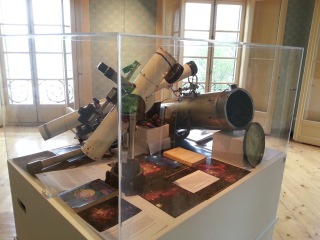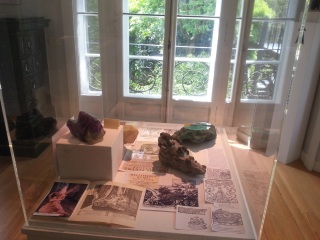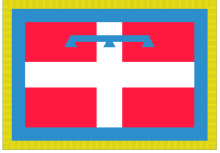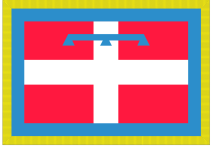Blog di Luigi Alfonso Viazzo aggiornato e completo @
http://luigialfonsoviazzo.altervista.org
Una pista da seguire, secondo lo studioso Paul Davies, per trovare tracce di transiti extraterrestri è quella di origine genetica; in pratica, se gli Et della situazione fossero arrivati in epoche remote e non avessero potuto comunicare con gli ominidi dell’epoca, avrebbero avuto un’altra chance: affidare il loro messaggio al codice genetico delle specie sulla cui evoluzione contavano, una strategia vincente visto che il codice stesso dura nel tempo. Soprattutto quello residuale, cioè le porzioni del patrimonio cromosomico che non hanno più funzioni da svolgere ma si trasmettono, uguali a se stesse, di generazione in generazione. Secondo l’astrofisico a “stelle e strisce” gli alieni del tempo che fu, per esempio, avrebbero potuto inserire una sequenza di numeri primi, facile da identificare e sicuramente non di origine naturale. Per cercare conferme su questa “solitudine da numeri primi” basterebbe consultare i dati già resi disponibili da decenni di ricerche. E se gli alieni avessero scommesso su una specie che poi ha fallito…?
English Version
According to the researcher Paul Davies, a track to follow to find traces of extraterrestrial transits is that of genetic origin; in practice, if the Et of the situation had arrived in ancient times and could not communicate with the hominids of the time, they would have another chance: entrust their message to the genetic code of the species on whose evolution they counted, a winning strategy seen that the code itself lasts over time. Above all, the residual one, that is, the portions of the chromosomal heritage that no longer have functions to perform but are transmitted, equal to themselves, from generation to generation. According to the astrophysicist “stars and stripes” the aliens of the time that was, for example, could have inserted a sequence of prime numbers, easy to identify and certainly not of natural origin. To look for confirmations on this “solitude from prime numbers” it would be sufficient to consult the data already made available by decades of research. What if the aliens had bet on a species that then failed …?
Il video… UFO Secrets of AREA 51 – Chapter 1 – Alien Genetic Modifications
Traduzione in latinorun per gioco (by Google Translator)
Trahentium A sequi, secundum Paulum scholar Davies, ut indicia geneticae de extraterrestrial originis transitus est; opere De situ si non venissent antiquitus tempore Homo communicare potuissent alio casu committere ad cujus evolutione geneticae codice specierum numerum in consilio capi potest codice est ipsum permanet. Praesertim cum RELICTUM, id est, partes Angiospermae hereditatem, quae non nisi munera facienda sint, quae traducitur, par sibi, a generatione in generationem. Astrophysici per “numerum stellarum” tum alienigenarum, ut sit ordo numerorum possent facile certo cognitum naturalis originis. Ad confirmationem huius rei quaerere “solitudo primi numeri” esse satis indicant iam notitia available ab his decennis argumentum investigationis. Extratterestris si talis lusit alienigenarum erant in ea species tunc non defecit …?

Biologia – L’insemme d’e sciençe chi resguardan i organismi viventi…
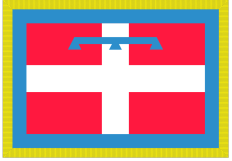
Spunto in Piemontese by Wikipedia
Photo by Luigi Viazzo with Samsung Galaxy S3

